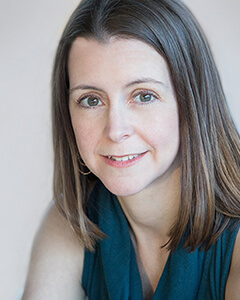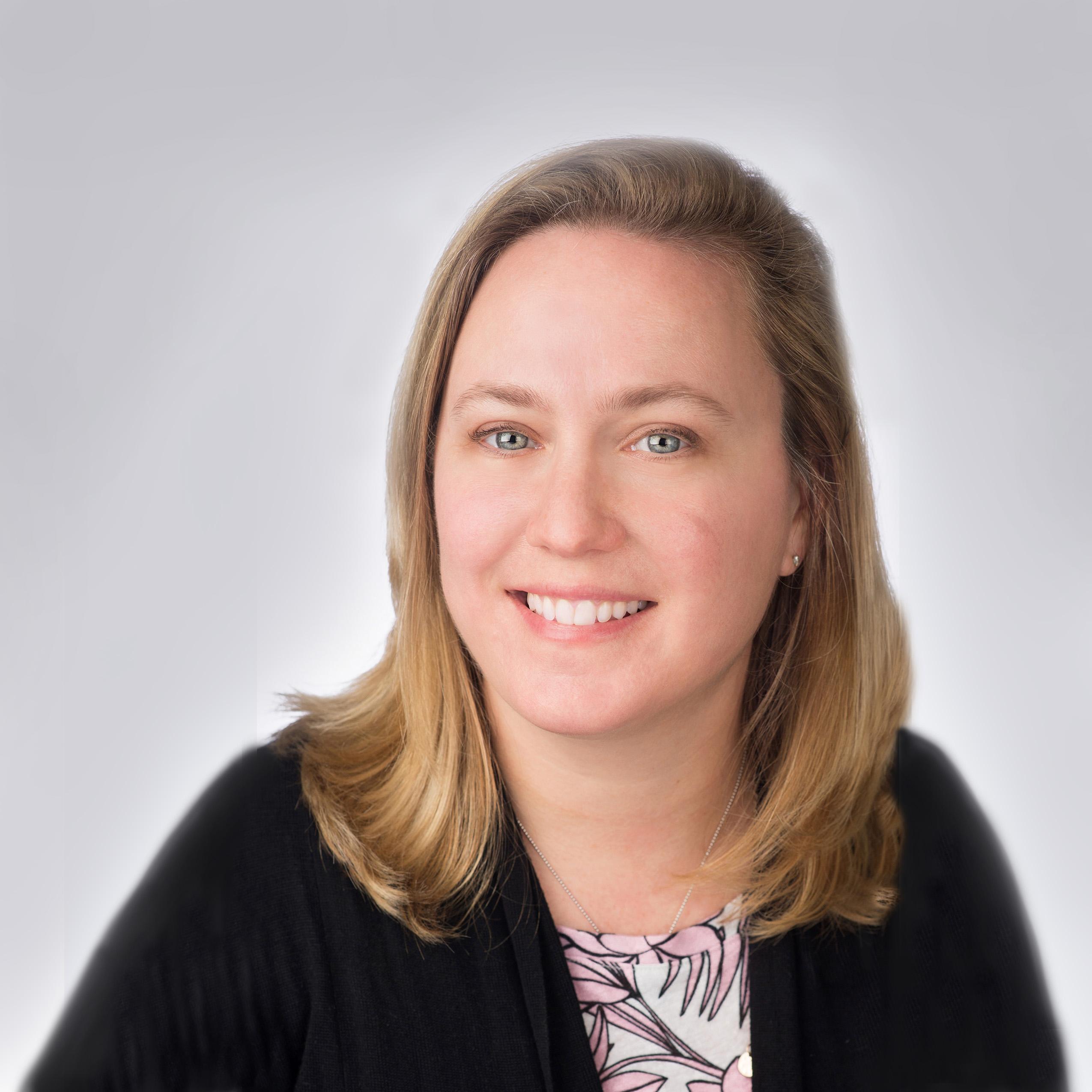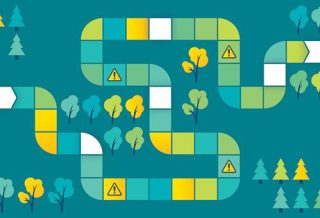FOCUS
Crisis creates opportunity. Will we seize it?
By Suzanne Bouffard and Elizabeth Foster
Categories: Change management, Implementation, Learning designs, Learning systems/planning, Online learning, Personalization, TechnologyFebruary 2021
The Learning Professional recently interviewed Mehta about how the COVID-19 pandemic is changing teaching and learning and how to seize opportunities for improving schools moving forward. Our conversation has been condensed and edited.
Q: Since last spring, you have been studying schools’ reactions to the crisis and the implications for teaching and learning. What have you observed?
A: There have been two primary reactions to this year. For some people who were dissatisfied with schools before — who felt that things were too rushed and that there was not enough opportunity to get to know students — it has provided a new opportunity to rethink practices and redevelop routines in schools.
The more dominant reaction has been what social psychologists call threat rigidity. In periods of stress or threat, there is a tendency to freeze up and be resistant to change. We have seen that it’s so hard and complicated to run schools right now that a lot of people are saying, “Let me at least try not to change the pedagogy, the curriculum, the materials.” Because people are in a state of stress, there has been, on the whole, a conservatism about learning that I had hoped would not be the case. But it is a perfectly reasonable response to the circumstances.
In this #LearnFwdTLP article, @jal_mehta looks at how the pandemic is changing teaching & the opportunities it presents to make schools better. Share on XQ: You tend to see this time as an opportunity. What are you optimistic about?
A: Disruption forces people to do things in different ways, and, over the last year, people have had a lot of experience doing things they hadn’t done before. If I had come to you last year and said, “Let’s do a flipped classroom,” you would have had a lot of questions and concerns. But this year, you’ve spent the whole day on camera and making materials online, so, all of a sudden, the flipped classroom idea doesn’t seem so foreign.
So maybe you’re really looking forward to going back to the physical classroom and having an in-person discussion, but you think, “Hey, I recorded myself last year with the background and preparation for this novel, so why don’t I use that video outside of class and then use the in-person time to do the discussion?”
There is literature on the concept of emergence from [organizational consultant] Peggy Holman and others, which shows that when there’s major disruption, it produces lots of different experiments or experiences of different sorts. With good leadership, you get to see what is valuable about what’s emerging and think about what you want to amplify. You can create a new coherence.
And if you add that with the sort of optimism that comes with gradually getting back to normal as the pandemic gets under control, it might be a really positive opportunity to incorporate what’s working and let go of what’s not working.
Q: You also see resistance to those kinds of changes. Why is it so difficult to change right now?
A: William Bridges, who does work on transitions of all sorts, including organizational changes but also divorce or death of a family member, is pretty clear that there needs to be a period where you grieve what has passed. Then there’s a period of uncertainty. Finally, something new emerges in its place. But you have to go through a period of “hospicing” — letting go of the things that have been important to you but which the current reality doesn’t create space for. And if you try to rush that process and don’t allow for some grieving, it’s really difficult to move into a new space.
The challenge with the pandemic is that, for a lot of people, there has been this sense of, “When can we get back to what we had before?” But in the case of schools, it’s pretty clear that schools weren’t working that well for a lot of students and teachers even prepandemic. So we want some things to go back to the way they were before, but we want some things to be different. The takes time, and there’s an emotional aspect to it.
Q: What are some of the losses you see for educators?
A: Lack of informal connections among adults is a real loss of this year. People continue to meet in department teams or grade-level teaching teams, and, in some cases, there is increased collaboration as people have tried to plan common lessons virtually. That’s good, and we should build on it. But I think there’s a lot that we’ve lost from the diminished hallway, lunchroom, and other informal conversations. The good news is that some places have become more deliberate about cross-planning, including across schools or districts. Both the formal and informal connections are important.
It all feeds into the question of what do we want to keep and what do we want to get rid of when the pandemic is over? In part, it’s about what are the values of your community? There are a lot of things you could choose to do differently, but the choice depends on what your purposes are.
Q: How can schools carry forward the positive changes?
A: That’s a really important question. Last spring, Justin Reich and I held some design charettes with teachers, parents, administrators, and students. We said, “Based on what you have experienced over the past few months, what should we do next year? What should we continue, and what should we change?” We’re going to do that again this spring and summer, focusing on what things to keep for next fall and what structures would need to change in order to support those things.
I’ve learned that the timing of these conversations matters. Teachers are not going to have the bandwidth for significant reimagining during the school year. What they need right now are the things that are immediately actionable. The time to do the work of reimagining is in June and July, during paid professional learning time. My sense is that, at the end of the year, you want to briefly gather people’s reflections about what worked well while everything is fresh and admin teams and teachers can do a little bit of planning over the summer. Then, in August, when there is fresh energy, a lot of schools have at least a few days of professional learning time, and that would be a natural time to talk about what will be different in the coming school year.
So this process of reflecting and reinventing might be more of a 15-month process instead of a three-month process. In the short term, you pick a few small things you’re going to do next year, but you agree to have an ongoing conversation about what has started working better and what has gotten worse. For example, I’m imagining there will be some loss when people go back to work in person, just as there was some loss when they stopped going in person.
I’ve had a lot of conversations with people about appreciating the slower pace of life, having more family time, spending less time commuting, and such. We’ll want to think in an ongoing way about whether the way we were living before the pandemic was the best way for us and our students, and if not, what can we do about that going forward?
Q: What supports can make that kind of adaptation possible?
A: It’s the job of a leader to help people do the reflection and make sense of what they are experiencing and learning. The emergence literature talks about leaders’ tasks of “name, nourish, connect, and grow.”
The first step is for school leaders to name the things people are already trying to do — for example, naming that lots of teachers have connected with families, and that’s a practice we want to continue. Nourishing is about taking things that are starting to take root and helping them grow. Connecting is about bringing together people who have similar instincts but don’t have good ways of finding each other.
It’s often when you get people together in small groups of two, three, or four and they discover something common they want to work on that really good things happen. Especially in larger schools, there are a lot of people who have never had enough substantive conversations with each other. Good things could come out if they found each other and found some things to work on together.
That said, I do think good professional learning happens in a mixture between internal and external expertise. People define what they want to work on and then they go and look at what other schools and other experts have learned and they try to cycle that in and get a sense of what it looks like in their own context.
But overall, we don’t currently have the time we need for adults in schools, and that’s a huge barrier to everything else we’re trying to do. That needs to be addressed.
Q: What new practices are you seeing that you hope schools will keep moving forward?
A: In the Doctor of Educational Leadership program at Harvard Graduate School of Education, in which I teach, students take on a year-long residency and a strategic project. One of my students, Eyal Bergman, developed an innovative project around family-school engagement. In Chelsea, Massachusetts, where his district is located, administrators and teachers had negotiated an extra 10 days at the beginning of the school year for planning to help navigate COVID.
His district used part of that professional learning time to do what they called “trust visits” with families. These visits, rebranded from the traditional parent-teacher conference, took place in a variety of settings — Zoom, on sidewalks in front of student homes, and outside the school building. It gave educators a chance to get to know the students and the parents’ perspectives on the students at the beginning of the year.
Before the visits started, the school staff had a professional learning session where they reflected on their own experiences as students and the relationships between their families and schools. They thought about what would have made those relationships better, particularly in the context where most educators are white and 95% of students are children of color.
After the reflection and planning, they did the visits. Then the district convened nine “working tables.” These were codesign sessions between different groups of teachers, administrators, and families across different schools at different levels. Each group focused on whatever problem or issue made sense for that age group. In all cases, the goal was to shift racialized power dynamics so that families did most of the sharing and educators did most of the listening.
This is a nice model of change because you’re doing something coherent and connected to your values but then letting the river follow its tributaries. You see where it goes and what makes sense in different ages, schools, contexts. It’s almost like a social movement model of change, as opposed to a model where the leader comes up with a plan and tries to get everyone to buy in. It’s about collectively thinking about an issue you want to work on and then allowing people to work on it in smaller groups.
Another thing I’ve been thinking about as we move forward is the new functions technology has brought into the classroom and how we retain the spirit of them. Someone asked me in an interview, “What’s the equivalent of the chat box when we go back to in-person learning?” I don’t have a good answer yet, but I’m hoping some teachers will have good answers.
There has been this great benefit to seeing what people are thinking in real time, especially for more introverted students. But I can’t imagine all of us sitting around with our computers, and writing things to each other on the screen. The question is: Is there some in-person way of accomplishing that same goal? I hope these kinds of questions spur new thinking so we can get the value of things we’re doing now but in a different context.
What will you keep and change after the pandemic?
To help you reflect on what you’re learning during the pandemic and how to apply those lessons moving forward, Mehta suggests considering the following questions with your team.
- What have you learned about your students and their families this year?
- How could that shape the way you connect with families and students next year?
- What has worked well this year, and how could you amplify those things as you transition out of emergency education mode?
- What are you not looking forward to about going back to “regular” school?
- What would need to be “hospice” to make space for what you want to amplify?

Suzanne Bouffard is senior vice president of communications and publications at Learning Forward. She is the editor of The Learning Professional, Learning Forward’s flagship publication. She also contributes to the Learning Forward blog and webinars. With a background in child development, she has a passion for making research and best practices accessible to educators, policymakers, and families. She has written for many national publications including The New York Times and the Atlantic, and previously worked as a writer and researcher at the Harvard Graduate School of Education. She has a Ph.D. in developmental psychology from Duke University and a B.A. from Wesleyan University. She loves working with authors to help them develop their ideas and voices for publication.

Elizabeth Foster is the senior vice president of research and strategy at Learning Forward. She leads the organization’s research efforts for partnerships, programs, and fundraising. Elizabeth co-wrote the Standards for Professional Learning (2022) with Tracy Crow and now facilitates learning sessions about the standards and develops resources that support their use and implementation.
Categories: Change management, Implementation, Learning designs, Learning systems/planning, Online learning, Personalization, Technology
Recent Issues
WHERE TECHNOLOGY CAN TAKE US
April 2024
Technology is both a topic and a tool for professional learning. This...
EVALUATING PROFESSIONAL LEARNING
February 2024
How do you know your professional learning is working? This issue digs...
TAKING THE NEXT STEP
December 2023
Professional learning can open up new roles and challenges and help...
REACHING ALL LEARNERS
October 2023
Both special education and general education teachers need support to help...










